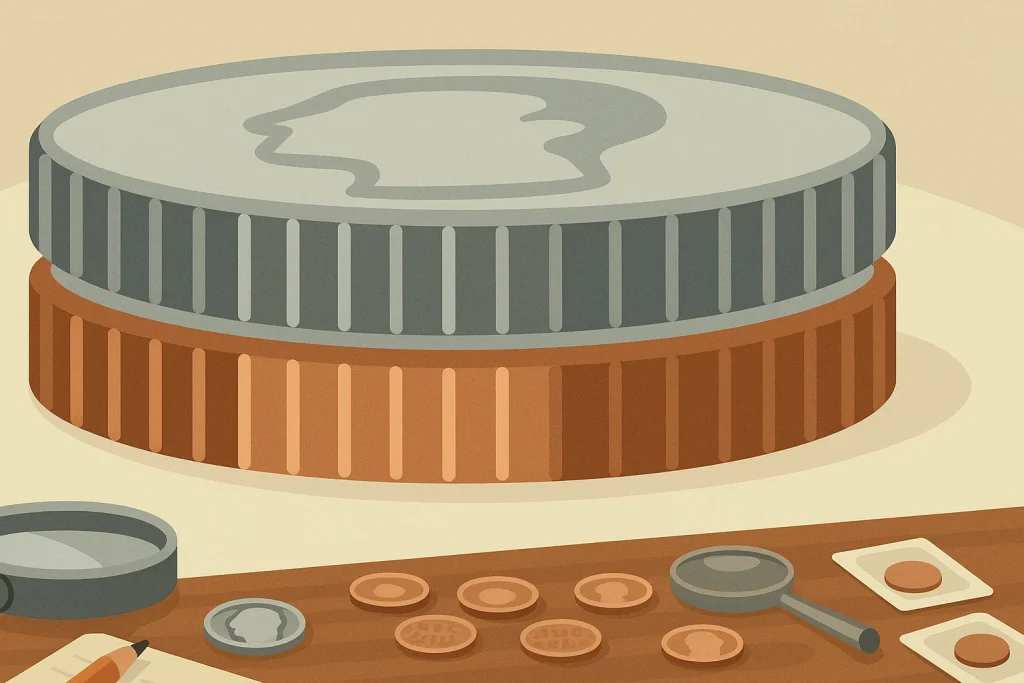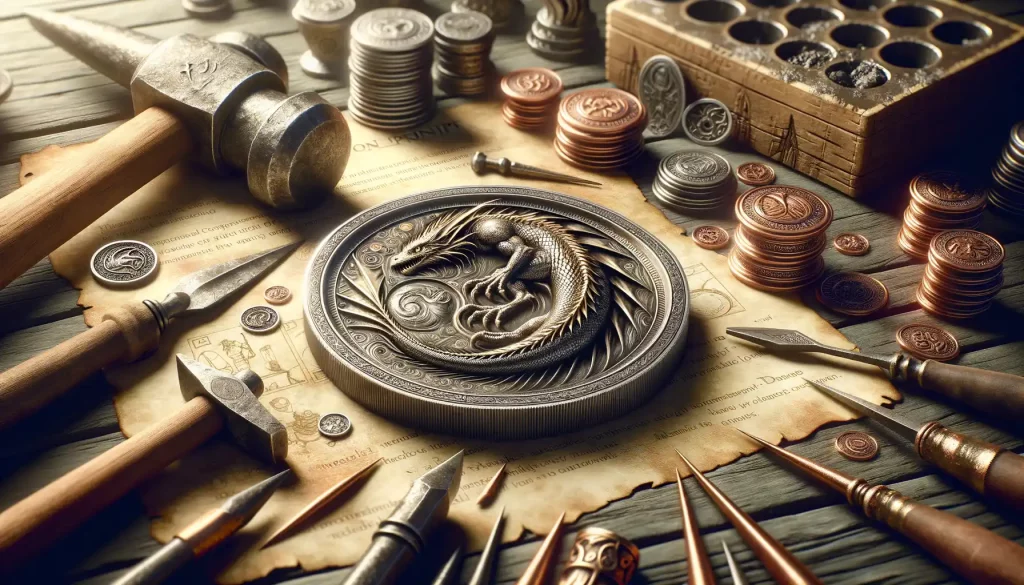The Historical Significance of Dragon Imagery
Dragons Through the Lens of History
From the fiery myths of ancient China to the fearsome tales of medieval Europe, dragons have roared their way into human history as more than mythical beasts—they’re symbols, storytellers, and guardians of cultural identity. These winged creatures, often portrayed as both protectors and destroyers, have left fiery marks on everything from ancient pottery to royal emblems. But why, you ask, has the image of the dragon endured for centuries? Because they’re not just images; they’re evocative bridges to our collective imagination.
In ancient Mesopotamia, the dragon was linked to chaos and creation, appearing in Babylonian myths like the story of Tiamat. Likewise, in East Asian traditions, the dragon represents the lifeblood of nature—think rain, rivers, and prosperity. Fast-forward to the Middle Ages, and European dragons became guardians of treasure, a metaphor for mankind’s eternal struggle between greed and heroism.
- Eastern Mythology: Benevolent bringers of luck and fertility.
- Western Folklore: Ferocious foes battled by knights and saints.
Every culture weaves its own dragon tale, painting them with shades of awe, power, and mystery. And isn’t that the reason we still crave their imagery today? Because they remind us of the wonder hidden in the worlds we build.
Cultural Interpretations of Dragons Across the World
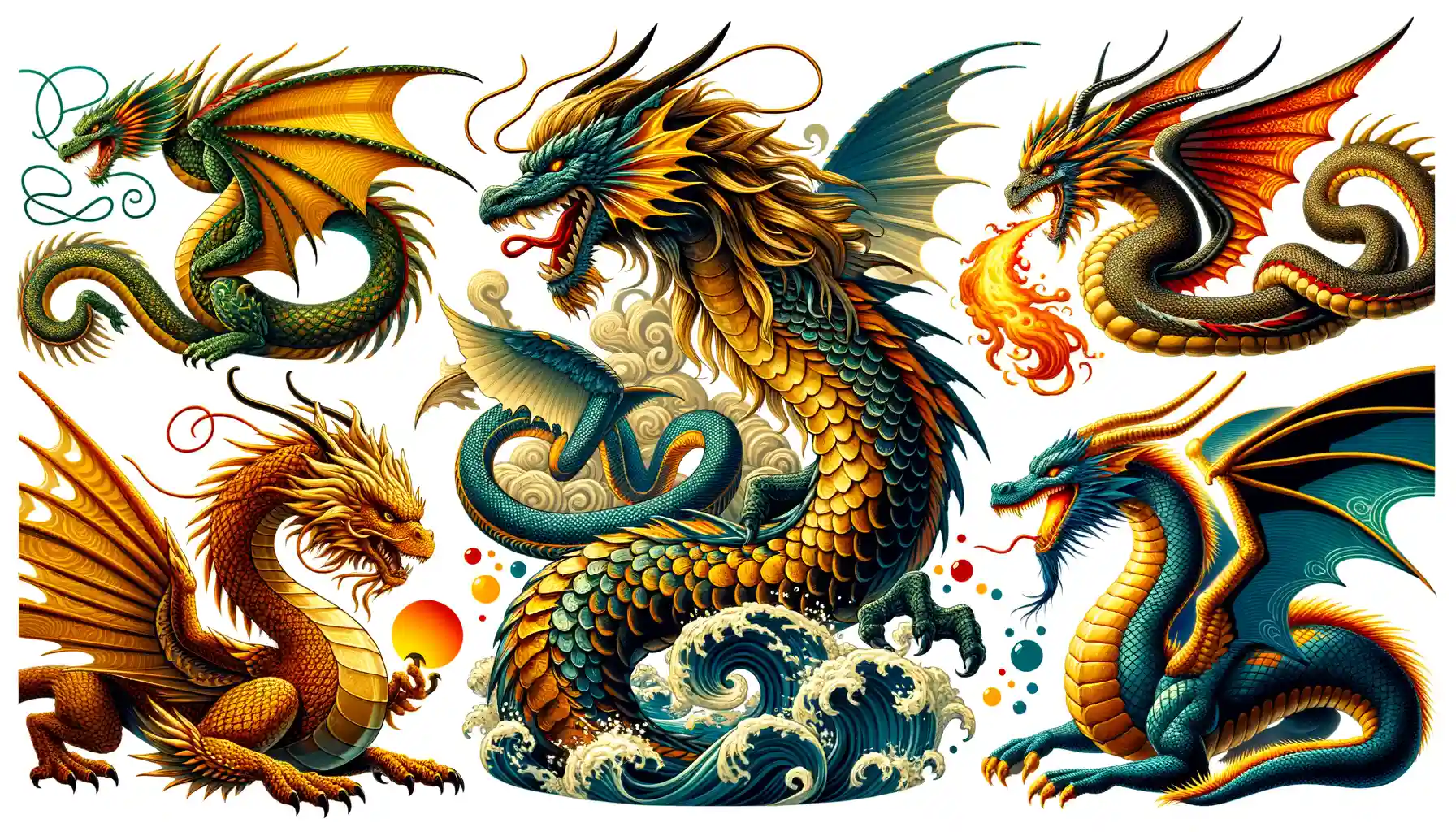
A Kaleidoscope of Dragon Legends
Dragons are anything but one-note creatures. Their meanings change colors like a chameleon depending on where you stand in the world. In China, for instance, dragons are dazzling celestial beings—symbols of strength, prosperity, and imperial power. Think of the regal dragon robes worn by emperors or the fiery energy that bursts forth during a traditional lion and dragon dance at Lunar New Year. It’s all about majesty and good fortune here.
Hop over to Europe, though, and you’ll find quite a different story. European dragons often breathe menace into their tales, guarding treasures in dark caverns or battling knights with courage painted across their scales. They embody challenges and sometimes even greed. But hasn’t every hero needed a worthy foe?
And then there’s the mystical aura of the Aztec feathered serpent, Quetzalcoatl. Part dragon, part deity, this figure bridges worlds, symbolizing wisdom and creation.
- Japan: Water-dwelling dragons associated with rain, rivers, and divine protection.
- India: Serpent-like Nāgas, protectors of treasure and water sources.
Each culture whispers its own truth about dragons, breathing life into their mythology and magic. Where do you hear yours calling from?
Dragons as Symbols of Power, Wealth, and Protection
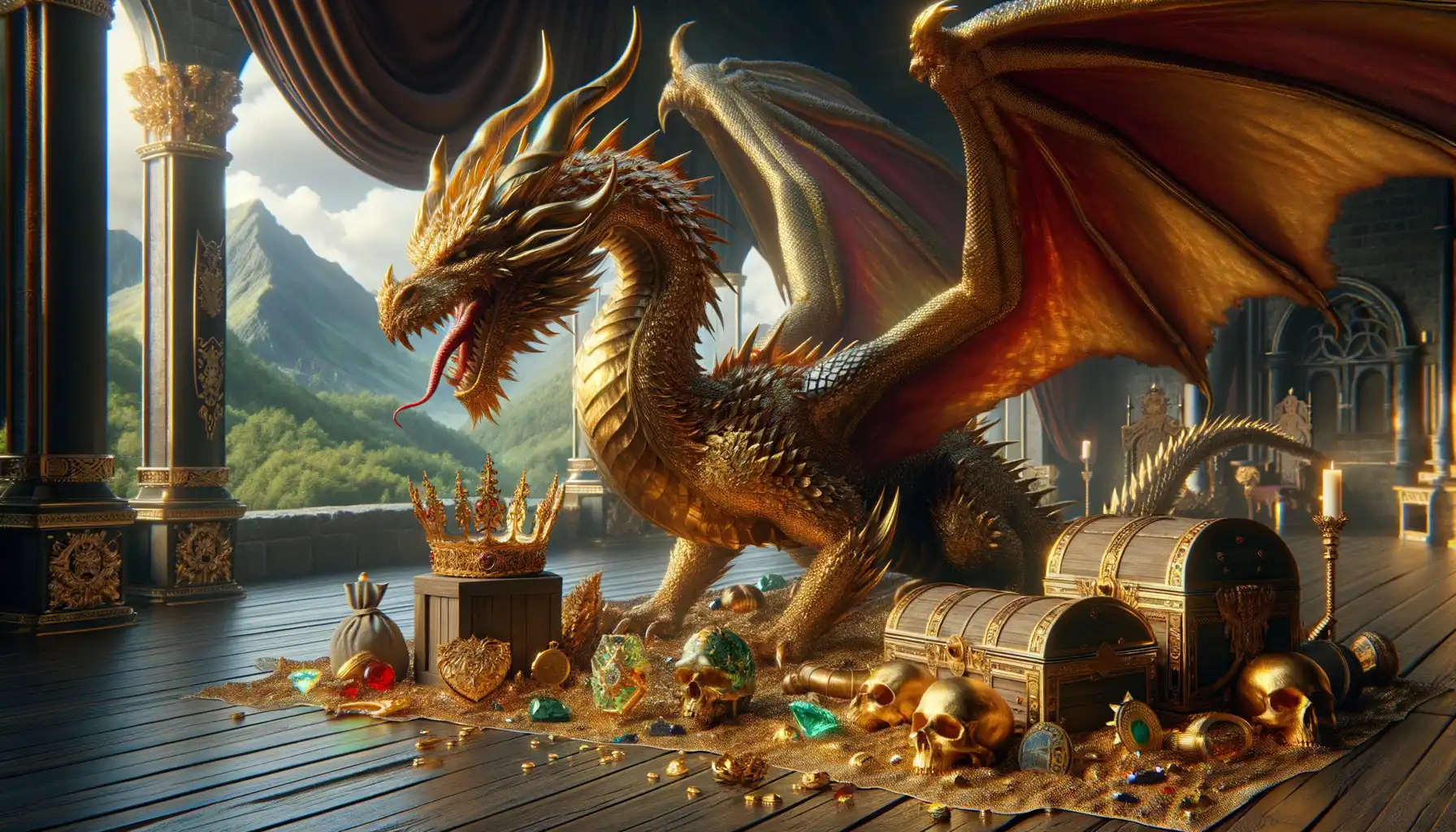
The Mighty Lore of Dragons: Guardians and Givers
Dragons are no ordinary creatures—they’re the stuff of legends. In art and culture, they’ve transcended mere myth to become enduring symbols of power, wealth, and protection. But why do these fire-breathing beasts hold such sway over our imaginations?
Picture this: a dragon, massive and coiled atop a hoard of glittering gold. It’s not just a breathtaking image; it’s a reminder that dragons embody control over riches. Their association with treasure isn’t random—it’s rooted in folklore where dragons were guardians of unimaginable wealth. Owning a piece of jewelry or a coin adorned with dragon imagery hints at that same promise of prosperity. It’s like carrying a tiny talisman whispering, “You deserve abundance.”
- Power: The fearsome strength of a dragon resonates with ambition and dominance. It’s why emperors in China claimed dragons as their divine emblem.
- Protection: With scales as armor and fiery breath as a weapon, dragons became timeless protectors—both literal and spiritual.
From ancient Eastern dynasties to Nordic sagas, these majestic beings remind us that true might lies not just in strength but in safeguarding what’s precious.
Dragon Motifs in Jewelry Design

The Allure of Dragons in Modern Jewelry Craftsmanship
When it comes to breathtaking jewelry designs, few motifs captivate the imagination quite like the enigmatic and powerful dragon. These legendary creatures slither and soar through centuries of art, their scales shimmering with meaning. But how did they become such an enduring symbol in jewelry? It’s all about storytelling—and a bit of magic.
Jewelry designers across the globe embrace the dragon for its dual nature: fierce protector and mystical beauty. Picture an intricately coiled dragon bracelet, scales rendered in filigree gold, its ruby eyes glowing like embers. The craftsmanship isn’t just dazzling; it whispers an ancient tale of strength and mysticism every time you wear it.
Elements That Make Dragon-Inspired Jewelry Shine
Dragons are more than decoration; they’re a statement. How do designers bring them to life? Through meticulous detail and bold creativity:
- Encrusted gemstones: Emeralds for scales, sapphires for wings.
- Dynamic shapes: Coiling rings, draped necklaces, or claw-like accents.
- Mixed metals: Pairing warm gold with icy platinum to mimic elemental forces.
Every dragon motif carries energy—some fierce, some elegant, but always unforgettable. When you slip on a piece adorned with these mythical creatures, you don’t just wear jewelry. You inherit a legend.
Dragon Imagery in Numismatics and Coin Art
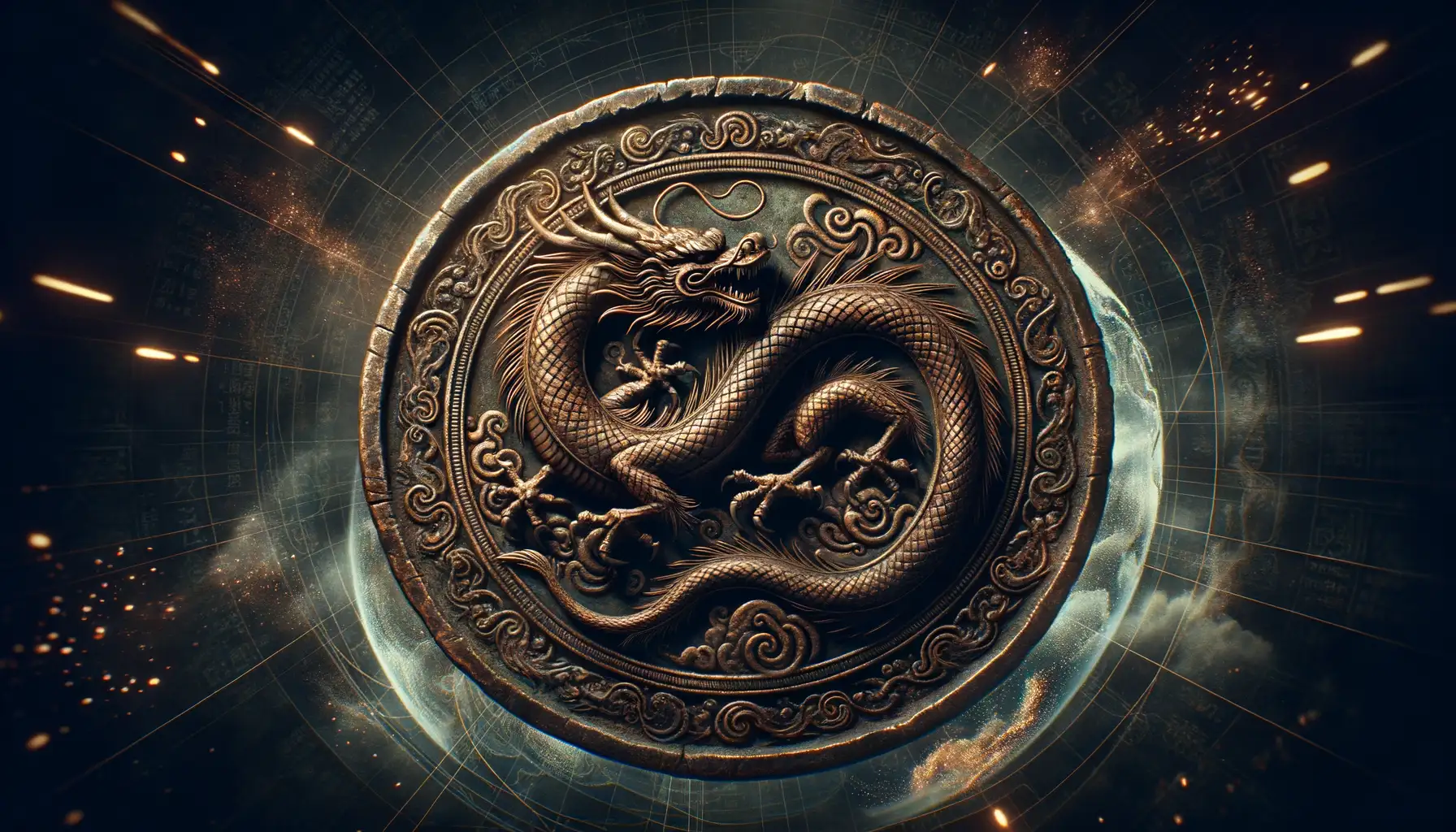
Coins: Guardians of Timeless Dragon Tales
The world of numismatics teems with treasures, but few designs ignite the imagination quite like those featuring dragons. Picture this: a small, unassuming coin resting in the palm of your hand, yet it carries the colossal presence of a fire-breathing beast. That’s the magic of dragon imagery in coin art—a fusion of myths and metals that leaves collectors enchanted.
Throughout history, dragons have graced coins to signify wealth, power, and protection. In medieval Europe, they roared onto silver pieces as guardians of royal treasuries. Over in China, the imperial dragon symbol—its sinuous body etched with breathtaking detail—was prominently featured on Qing dynasty coins, invoking both abundance and authority. These weren’t just pieces of currency; they were talismans in your pocket.
- The intricate scales of a Chinese dragon shimmering on gold commemorative coins.
- The fierce Viking-style beasts carved into Norse-inspired tokens.
Holding one feels almost magical, as though you’ve captured an ancient legend in miniature form. Whether you’re a seasoned collector or a casual admirer, these coins whisper stories of riches and realms ruled by mythical powers.

